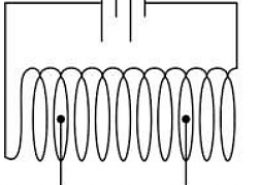Carbon compounds, also known as organic compounds, are molecules containing carbon-hydrogen bonds. They form the basis of life and include diverse substances like carbohydrates, proteins, lipids, and nucleic acids.
Home/cbse sample paper class 10 science
Discussion Forum Latest Questions
Mayur Arya
Asked: In: Class 10 Science
Gregor Mendel’s cross-breeding experiments with pea plants in the 19th century laid the foundation for modern genetics. His laws of inheritance revealed patterns of genetic transmission, contributing significantly to the understanding of heredity.
Prasant
Asked: In: Class 10 Science
10th cbse sample paper 2023answer key of cbse sample papercbsecbse board date sheetcbse board exam 2024 date sheetcbse board exam date 2024cbse class 10 science sample question paper 2023-2024cbse full formcbse sample paper 2024cbse sample paper answerscbse sample paper class 10 sciencecbse sample paper with solutioncentral board of secondary educationphysics cbse sample paper 2023
Srushti
Asked: In: Class 10 Science
Proteinuria is the presence of excess proteins in urine, indicating potential kidney dysfunction. It can result from various conditions, such as kidney disease or inflammation. Monitoring and addressing underlying causes are crucial.
Srushti
Asked: In: Class 10 Science
Photosynthesis is the process by which plants, algae, and some bacteria convert sunlight into energy, producing glucose and oxygen from carbon dioxide and water in chloroplasts.
